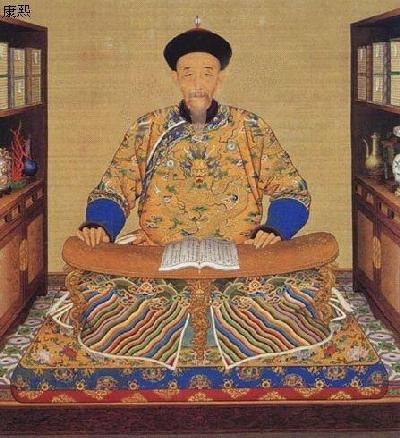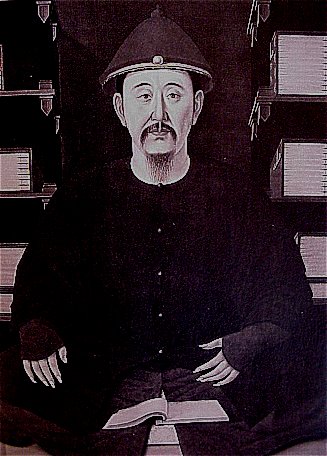| About China > History > Emperors > Famous Emperors |
|
|
Kangxi
When he was still a child, Kangxi was quite hard-working and showed great talent in literature. Because he was too young, his father appointed four ministers to help him to administrate the country, one of whom, named Ao Bai, secretly fostered his own henchmen against the young emperor. When Kangxi was old enough to rule the nation, he cleverly smashed Ao Bai's plot.
In the course of his five tours to South China (in the years 1684, 1689, 1699, 1703, and 1707) he made painstaking efforts to inspect conservancy projects and so spurred the officials in charge to be more efficient and conscientious. He frequently singled out those who were reported as incorrupt for promotion .
Desirous of lessening the opposition of recalcitrant Chinese scholars to the new regime, he solicited their help in the compilation of Ming-shi . In order to obtain capable scholars for this project he summoned many to complete in a special examination. He selected learned men and good calligraphers to be his personal secretaries, their office being known as the Imperial Study. Many famous works on literature and art were compiled under his order.
During Kangxi's reign, the society accumulated huge wealth and most of the time enjoyed peace and prosperity. In Chinese history, the good ruling from Emperor Kangxi's reign to Emperor Qianlong's reign was called "Kang Qian Sheng Shi", with prosperity lasting more than 100 years, and this was the last most prosperous period in ancient China. |
||||||
 |

